50+ Sample Master Service Agreements
-
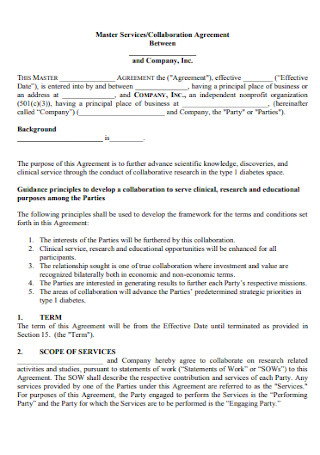
Master Services and Collaboration Agreement
download now -
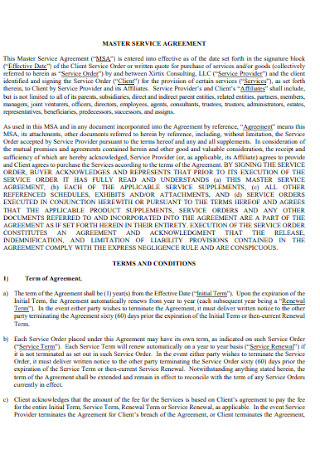
Master Consulting Service Agreement
download now -
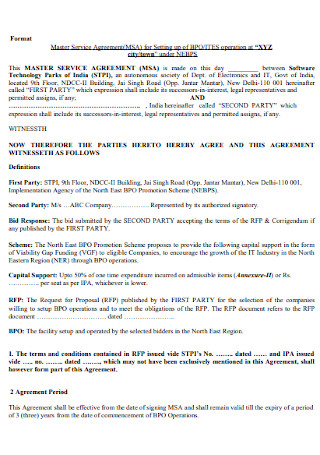
Master Service Agreement Format
download now -
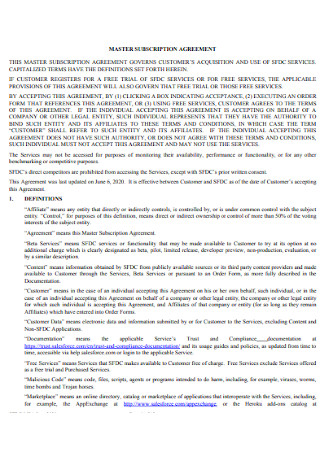
Master Subscription Agreement
download now -
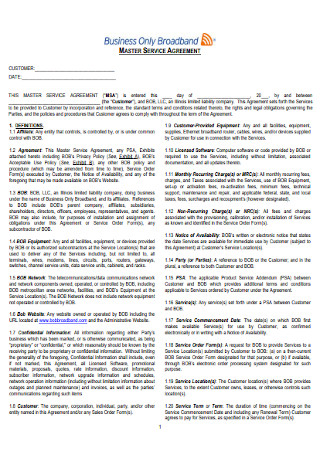
Master Business Service Agreement
download now -
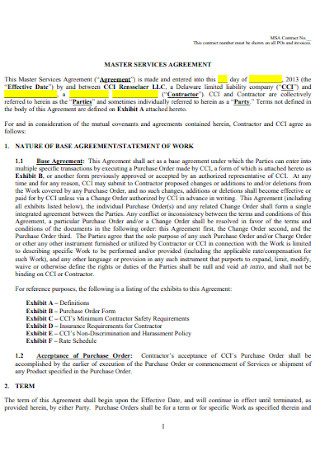
Sample Master Service Agreement
download now -

Master Procurement of Service Agreement
download now -

Tech Master Service Agreement
download now -

Master Communication Service Agreement
download now -
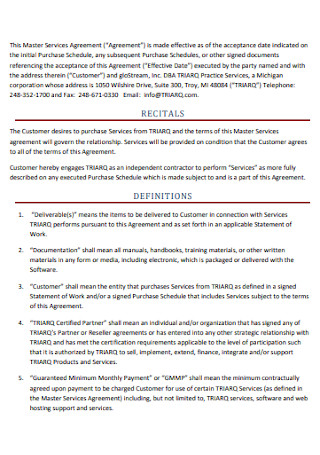
Master Health Services Agreement
download now -

Corporation Master Service Agreement
download now -
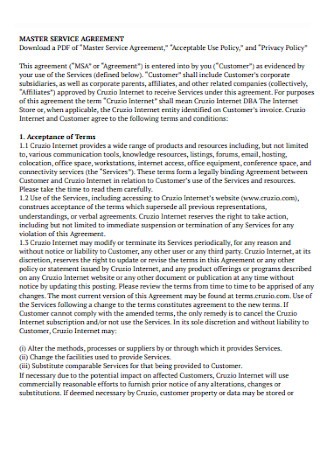
Master Internet Service Agreement
download now -
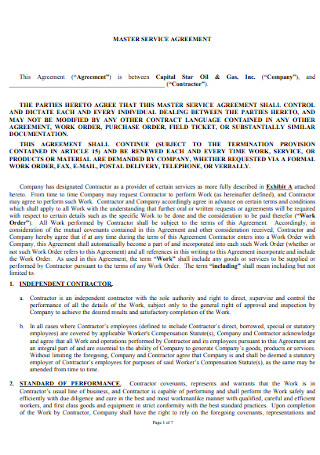
Basic Master Service Agreement
download now -
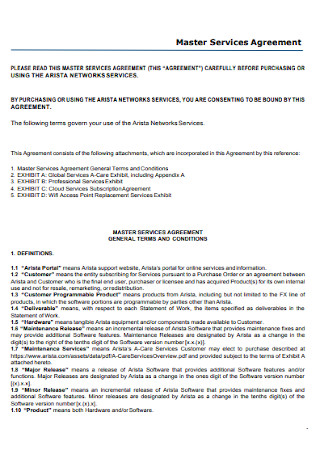
General Master Service Agreement
download now -
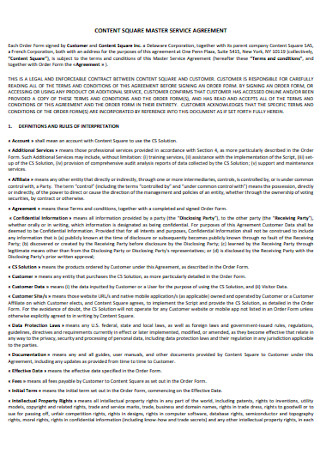
Content Square Master Service Agreement
download now -

Master Summary Agreement
download now -
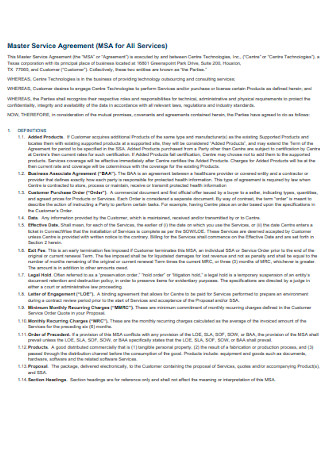
Master Technologies Service Agreement
download now -
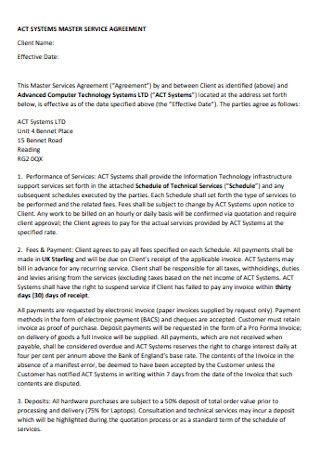
System Master Service Agreement
download now -
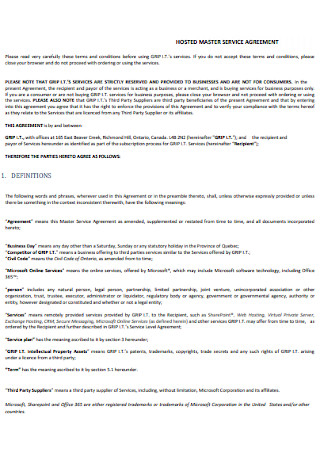
Hosted Master Service Agreement
download now -
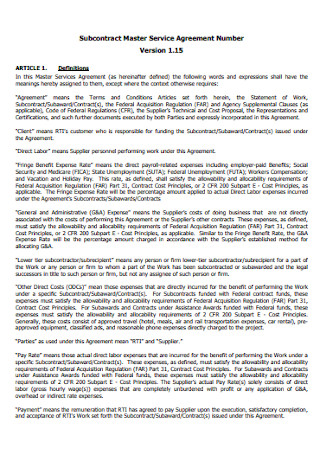
Subcontract Master Service Agreement
download now -
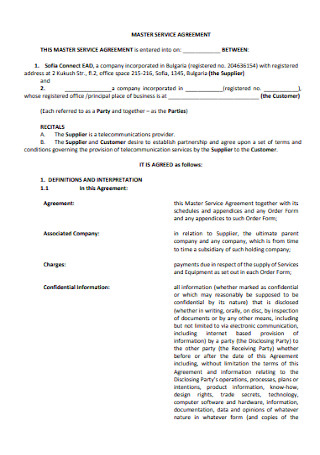
Simple Master Service Agreement
download now -
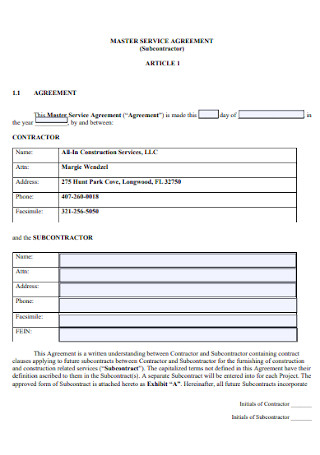
Master Subcontractor Service Agreement
download now -
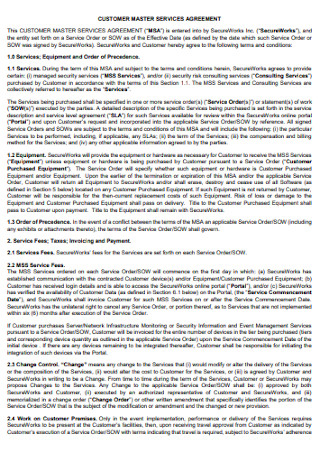
Customer Master Service Agreement
download now -
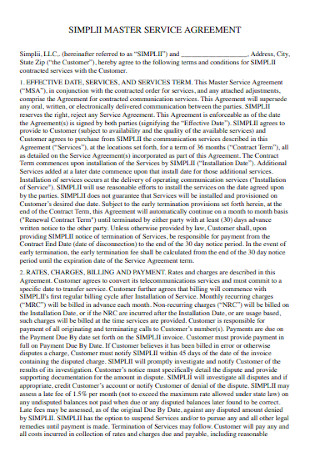
Simple Master Service Agreement Template
download now -
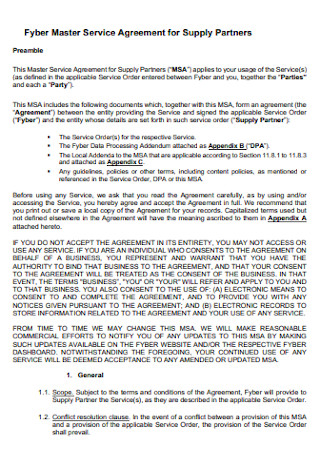
Master Service Agreement for Supply Partners
download now -
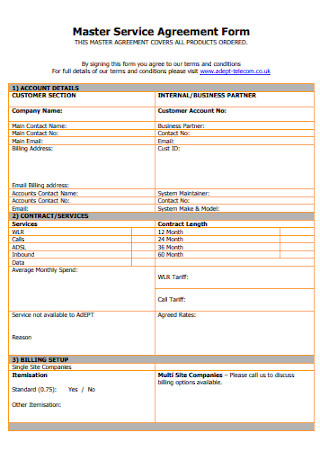
Master Service Agreement Form
download now -

Formal Master Service Agreement
download now -
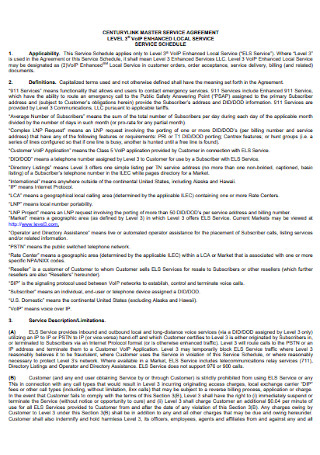
Master Local Service Agreement
download now -
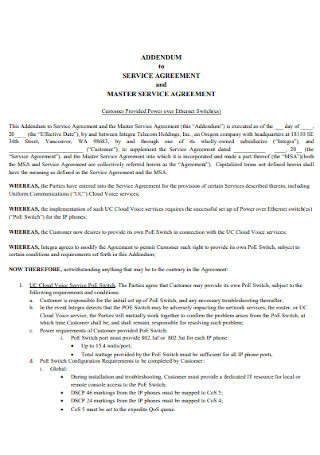
Addendum to Master Service Agreement
download now -
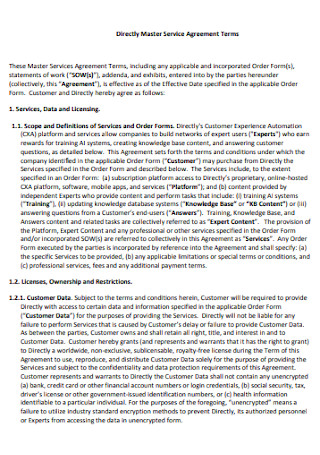
Directly Master Service Agreement
download now -
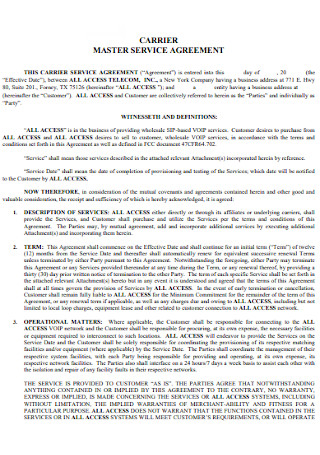
Carrier Master Service Agreement
download now -

Standard Master Service Agreement
download now -
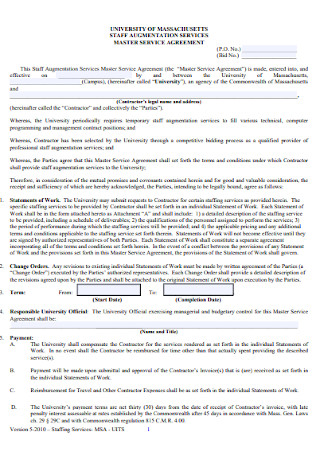
University Master Service Agreement
download now -
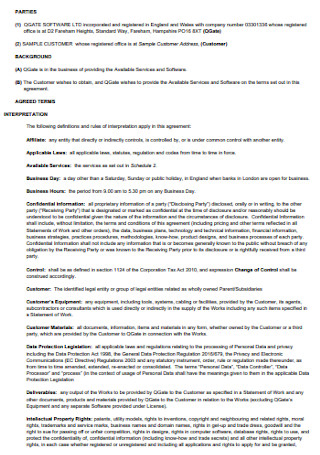
Master Services Agreement for Customer
download now -

Printable Master Service Agreement
download now -
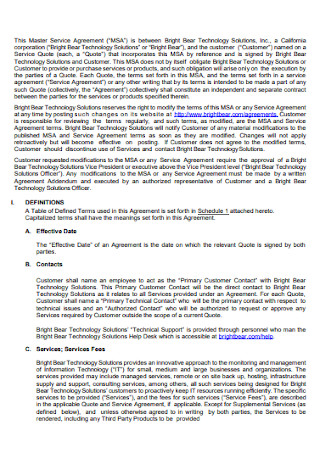
Master Bear Service Agreement
download now -
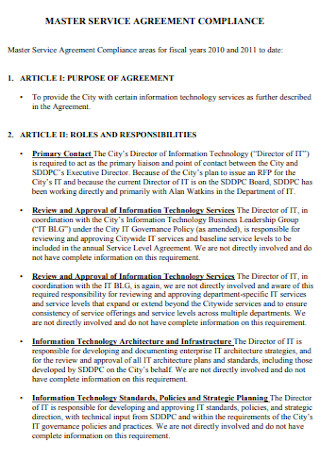
Master Compliance Service Agreement
download now -
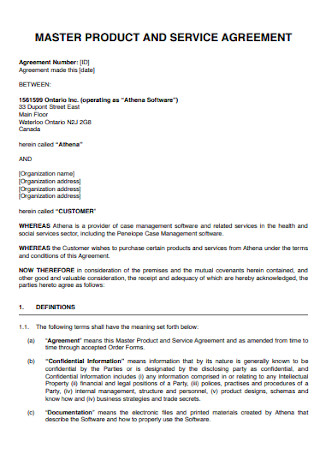
Master Products and service Agreement
download now -
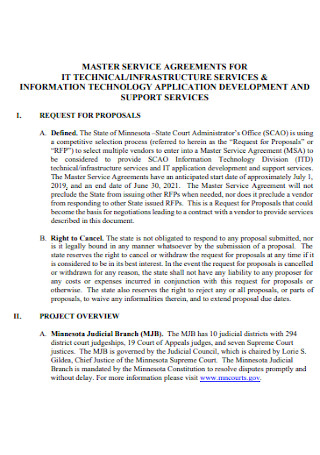
Master Service Agreement for IT Technical
download now -
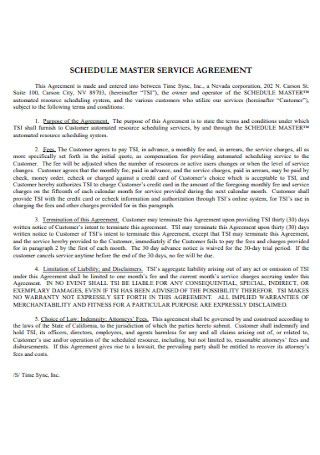
Master Schedule Service Agreement
download now -
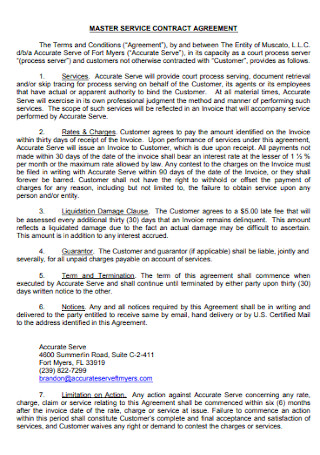
Master Service Contract Agreement
download now -
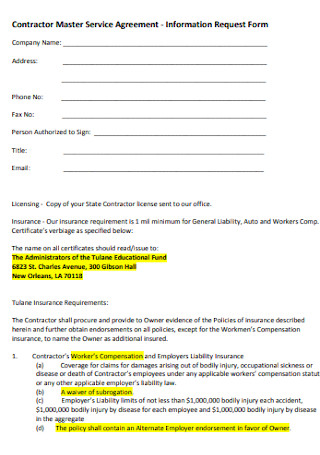
Contractor Master Service Agreement
download now -
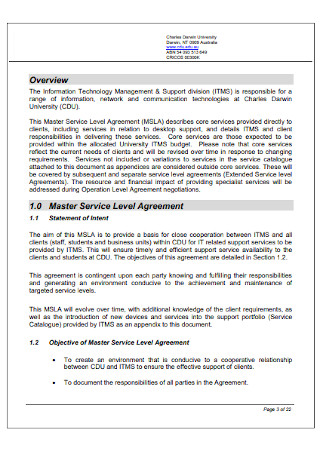
Master Service Level Agreement
download now -
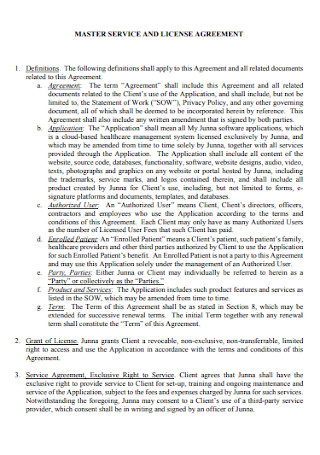
Master Service and Licence Agreement
download now -
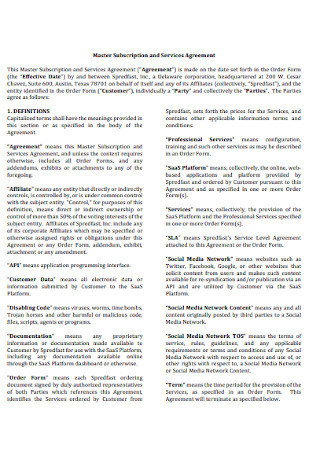
Master Subscription and Services Agreement
download now -
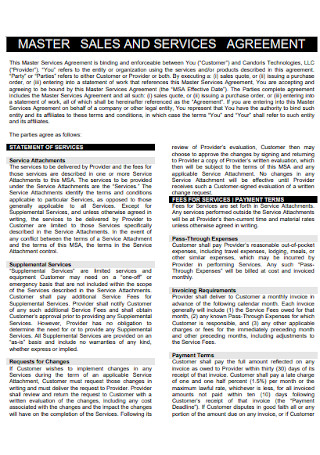
Master Sales and Service Agreement
download now -
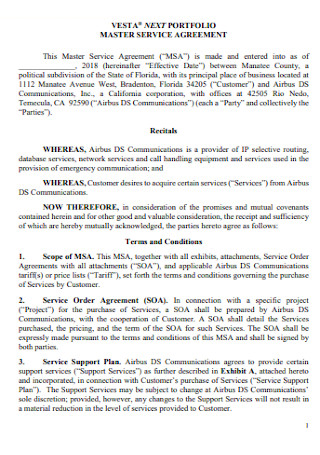
Portfolio Master Service Agreement
download now -
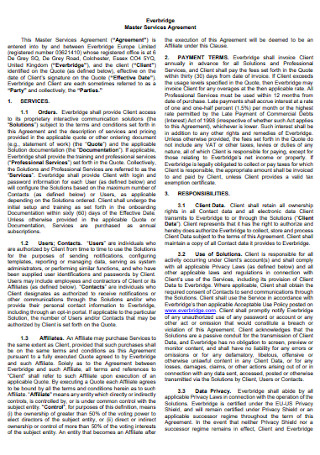
Everbridge Master Services Agreement
download now -
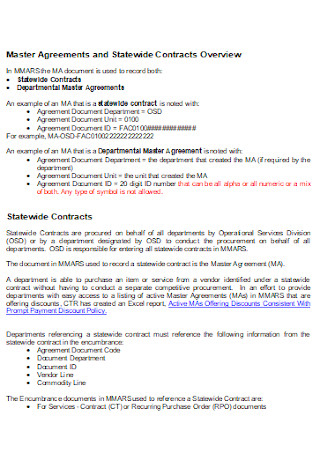
Master Service Contract Agreement Example
download now -
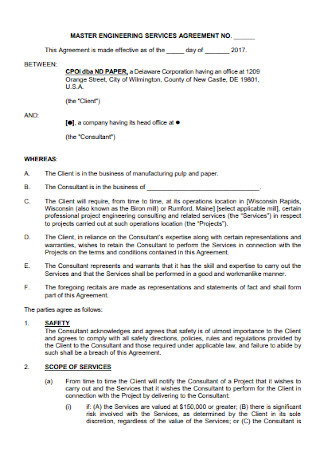
Master Engineering Service Agreement
download now
FREE Master Services Agreement s to Download
50+ Sample Master Service Agreements
What Is a Master Services Agreement?
Benefits of Master Services Agreement
Tips for Writing Clear Agreements
How to Plan for Future Agreements at Work
FAQs
What is the purpose of service levels?
How are service levels managed?
What is an agreement plan?
What Is a Master Services Agreement?
At its most fundamental level, an MSA is a contract between two or more groups that specifies the conditions to regulate all current and future activities and responsibilities. MSAs are advantageous because they enable parties to plan for the future and accelerate the ratification of future agreements. MSAs establish a contractual framework as the foundation for all future actions. Even better, an MSA permits modifications as circumstances change by addressing only the current transaction while preserving the fundamental principles that will regulate all future contracts. Many small businesses utilize cut-and-paste provisions or contractual templates when rushing from one contract to the next. There may be an unexpected opportunity for a partnership, or a potential client may want to see a nonstandard service immediately. When implementing an MSA, companies do not have to deal with issues arising from poorly constructed contracts. This means that MSAs help businesses reduce the likelihood of litigation and avoid contractual disputes. Since technology, operating environments, and markets are constantly in flux, companies must monitor and modify their MSAs as necessary.
Benefits of Master Services Agreement
The process of concluding a contract between two businesses is lengthy and costly. A company incurs expenses for time and legal fees. A quicker agreement is in everyone’s best interest. With an MSA, two parties reach an agreement on the essentials. This expedites the negotiation procedure. A motivated business can compose an MSA in weeks or even days. This is significantly quicker than a typical contract negotiation. If you are still intrigued by its advantages, here are some:
Tips for Writing Clear Agreements
Contracts are intended to be read, so they must be legible. Parties who comprehend their contracts are more likely to abide by them, and written agreements are less likely to be challenged in court. Clients, judges, and even other attorneys prefer documents written in simple language. Here are some guidelines for composing contracts that are easy to understand:
1. Include All Necessary Specifics
What does a contract for a business look like? A contract is a document that is legally binding between two or more parties. Contracts can be used to define the terms of a business relationship, hire new employees, or purchase products or services. Regardless of the agreement’s purpose, all required information must be included. This will aid in protecting the rights of all parties and preventing future misunderstandings or disputes.
2. Make It Understandable
One thing to remember when writing a business contract is to make it simple to comprehend. Avoid using legal jargon and technical terms that may be unfamiliar to all parties. It is also recommended to have a summary of the contract’s key elements at the beginning. This will facilitate everyone’s comprehension of the essential terms of the agreement. You can prevent future misunderstandings and disputes by making your contract simple to comprehend.
3. Discuss With The Decision-makers
Another essential strategy for writing a business contract is to negotiate only with decision-makers. This implies that you should communicate with the individuals with authority to make decisions on behalf of the opposing party. When negotiating a contract with a large company, for instance, you should speak with the vice president or director of procurement. When dealing with a small business, you should talk with the proprietor or chief executive officer. By communicating directly with the decision-makers, you can expedite the approval and signature of your contract.
4. Verify All Verbally Agreed Terms
When drafting a business contract, it is essential to ensure that all verbally agreed-upon terms are included in the written agreement. This will aid in preventing future misunderstandings and disputes. For instance, if you and the other party verbally concur that the contract will be one year, include this term in the written agreement. By incorporating all verbally agreed-upon terms into the contract, you can ensure that there are no surprises in the future.
How to Plan for Future Agreements at Work
Contract management is one of the many business operations that technology has transformed. One such area is artificial intelligence or AI, in which computers use data to help organizations make more efficient and informed decisions. AI can improve the speed and efficiency of contract drafting by analyzing past contracts and identifying applicable clauses and terms pertinent to new agreements. Cybersecurity and new regulations regarding the use and preservation of personal data will also influence contract management strategies and processes. Here are four stages for developing a contract management plan to propel your organization into the future.
1. Assess Your Current Contract Management Processes
It is common for organizations to manage their contracts using manual processes and general applications such as email and tracking spreadsheets. Sixty percent of companies, according to one survey, use email to manage personal contracts, while Excel spreadsheets are employed at similar rates, according to other studies. The email survey also discovered that 6% of companies still need a contract management process. These obsolete, manual approaches to contract management do not position businesses to take advantage of technological advancements, nor do they address new compliance risks or mitigate burgeoning threats.
2. Identify the Optimal Automated Contract Management Software
Future-proofing is one of the numerous advantages of utilizing contract administration software for your organization’s contract portfolio. Contract administration software can enhance the accessibility of information about your contracts (metadata) and the information contained within them. Additionally, the optimal solution offers comprehensive security features to safeguard sensitive data. With so many options available, it’s necessary to take the time to discover software that will meet your current and future needs.
3. Create a Migration Strategy
If you want your contracts to be as beneficial as possible in the future, your strategy for migrating them to your new repository must involve more than simply uploading them. A well-organized contract repository will facilitate using new technologies to analyze contract trends and key performance indicators. Before you migrate your contracts, consider the most helpful monitoring criteria and organizational structures. It is also worthwhile to utilize features such as metadata and document tagging.
4. Utilize Safety Measures
Security is an essential aspect of contract administration, both from a compliance and risk mitigation standpoint. An optimal solution for automated contract management should have multiple security layers that address cyber threats and user-based risks. Consequently, your security strategy must account for numerous types of hazards. On the cyber front, the proper cloud-based contract management solution should do much of the work for you: it should include encryption and other best-in-class features to ensure that data is secure both in transit and at rest. However, it is also essential to have the action plan to address malicious or accidental user-based hazards. User-based permission levels, which restrict access to contracts to only those employees who require it, audit trail reporting, and multifactor authentication are a few of the security features that can reduce the risk of accidental or intentional data leaks.
FAQs
What is the purpose of service levels?
A service-level agreement (SLA) specifies the degree of service you expect from a vendor, outlining the metrics by which service is measured and the remedies or penalties if the agreed-upon service levels are not met. It is a crucial component of any contract with a technology vendor.
How are service levels managed?
The phases of service level management are planning statements, monitoring checklists, and improvement. Organizations identify customer-valued services in the planning phase and establish service quality objectives. Organizations track quality assessment plans and pinpoint problems during the monitoring phase.
What is an agreement plan?
Plan Agreement refers to a written agreement prescribed by or acceptable to the Committee, which evidences a Participant’s consent to the Plan and may establish additional terms or conditions for a Participant’s participation in the Plan.
Before finalizing any transaction with a supplier for the first time, preparing an acceptable MSA for both parties is imperative. This safeguards both parties against potential legal issues in the long run. Also, contact the experts immediately if you require assistance creating an MSA.
